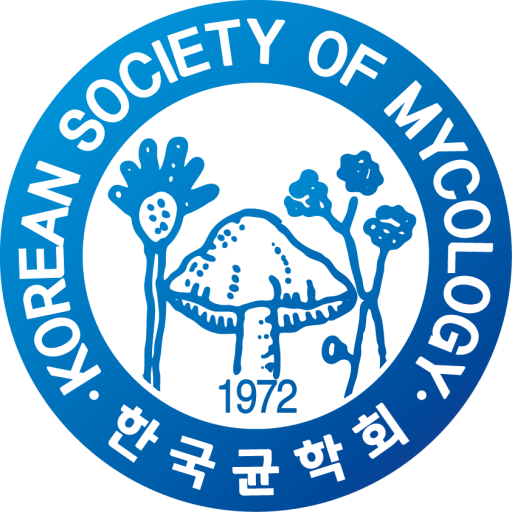Cryptococcus neoformans is a fungal pathogen that causes cryptococcosis in both immunocompetent and immunocompromised individuals. Infection by C. neoformans occurs by the inhalation of infectious spores generated by unisexual or bisexual reproduction. In order to understand complex signaling networks modulating the developmental process, a complete and integrated understanding of genome-scale transcription factors and kinases, which are key signaling components, is needed. Our previous systematic functional profiling of 155 transcription factors and 129 kinases led us to identify 37 transcription factors and 42 kinases that are involved in the developmental process of C. neoformans MATα. These include components of signaling pathways known to be involved in mating and developmental process, such as Cpk1 and Hog1 MAPK pathway and cAMP/PKA pathway, but the exact function of remaining transcription factors and kinases remain elusive. To this end, we constructed knockout mutants of mating-regulating transcription factors and kinases in the YL99 strain (MATa isogenic counterpart of the MATα H99 strain) to perform an in-depth analysis of sexual development in C. neoformans through bilateral mating. Various mating phenotypes are being examined during bilateral mating, including pheromone production, cell fusion efficiency, filamentous growth, clamp connection, and the formation of basidia and basidiospores. Through these analyses, we have identified previously uncharacterized transcription factors and kinases that act as potential activators or inhibitors at different stages of mating. Ultimately, this study will focus on mapping and discovering the functions of the mating-regulating transcription factors and kinases, and elucidating complex signaling networks in the developmental process of C. neoformans.

 English
English